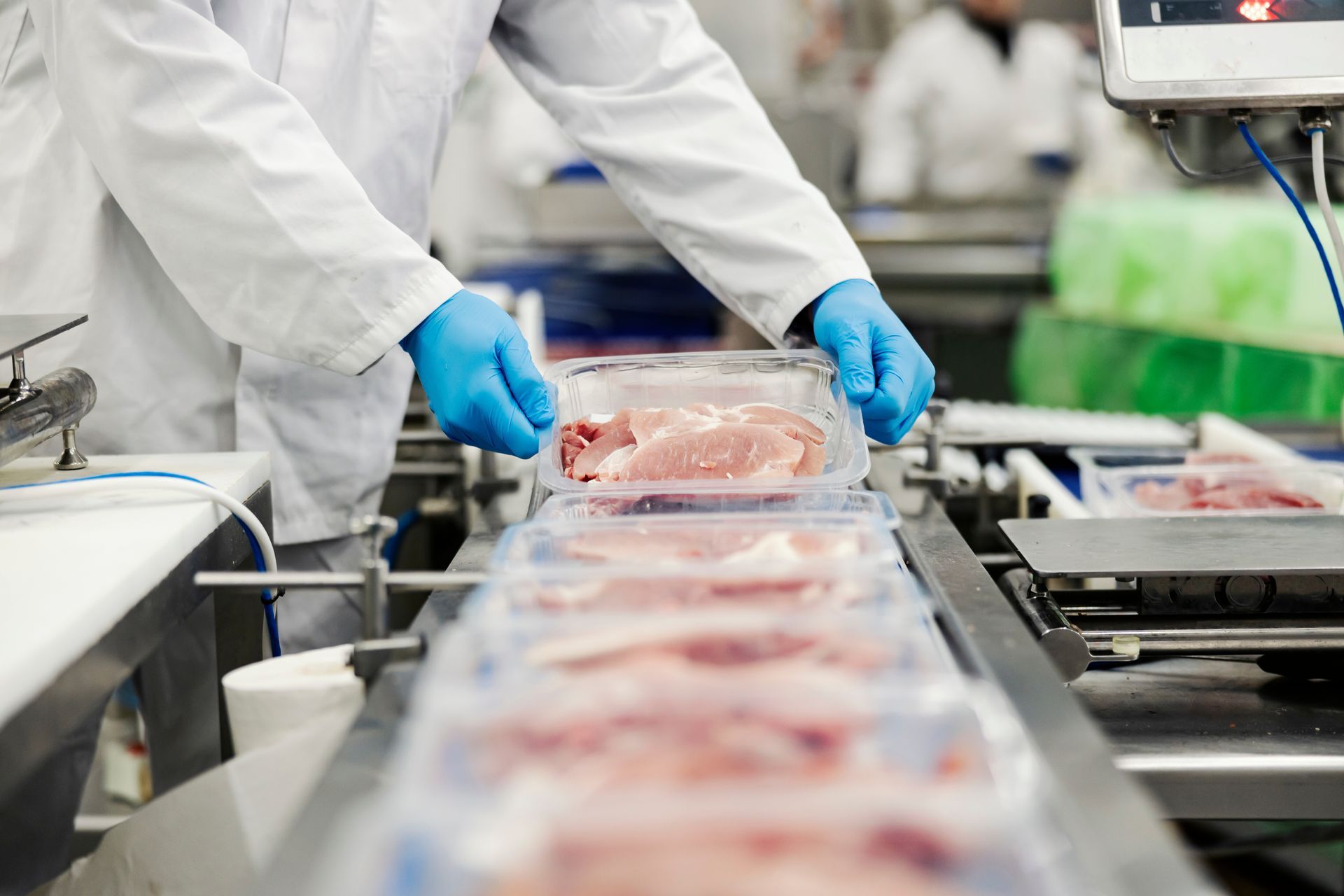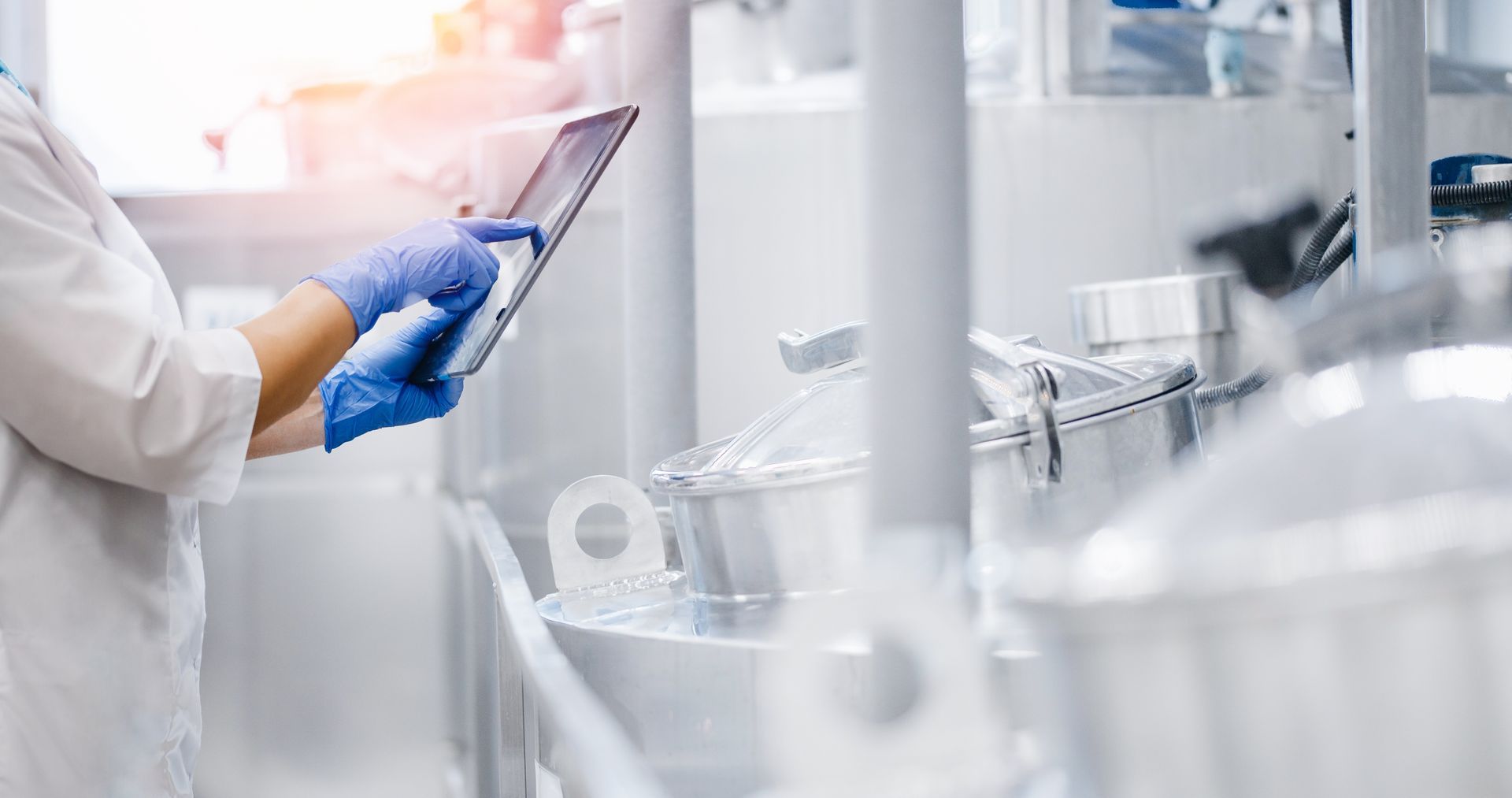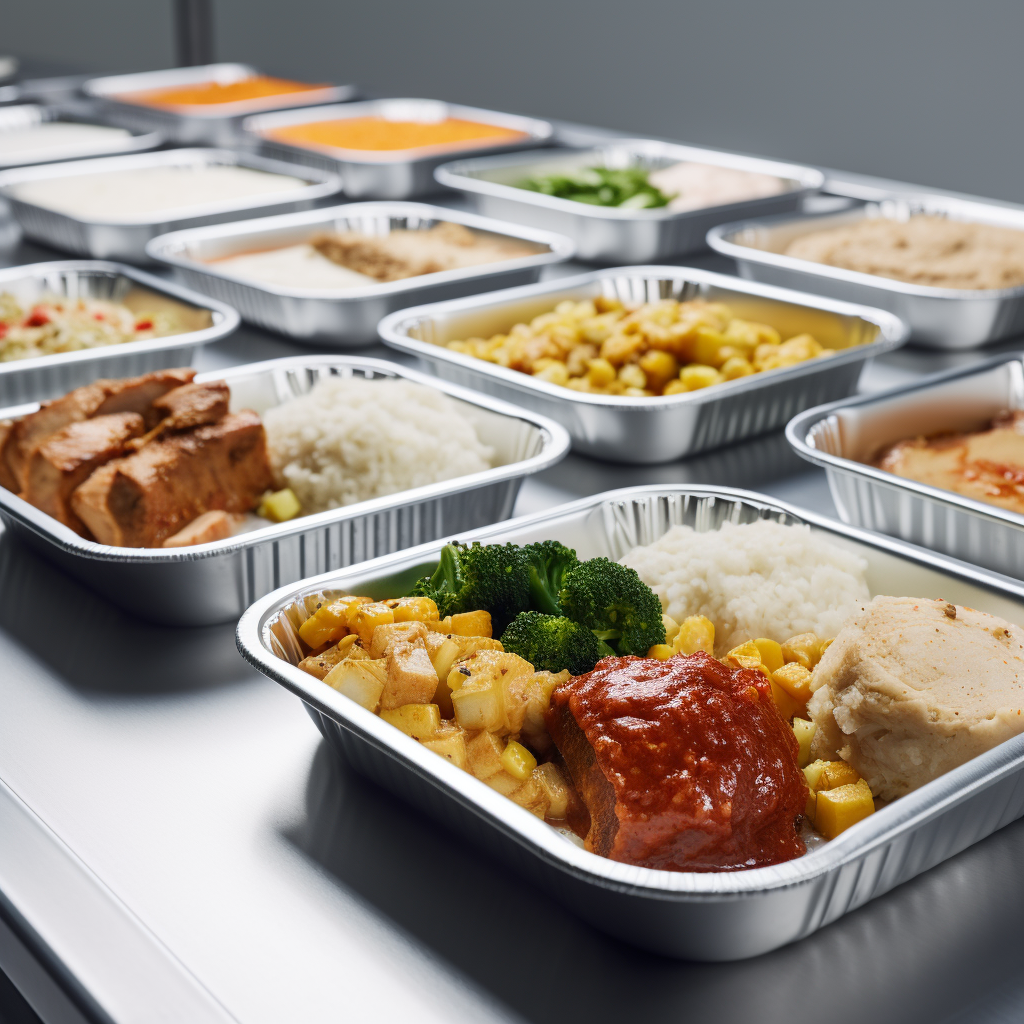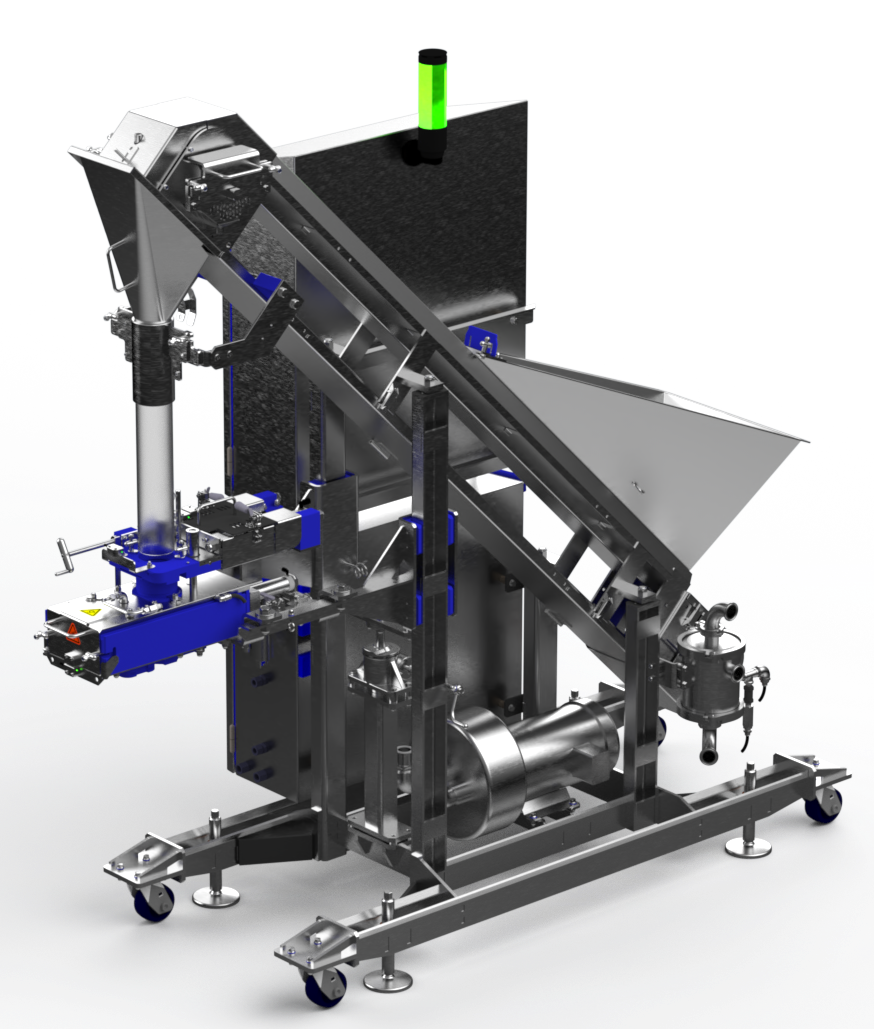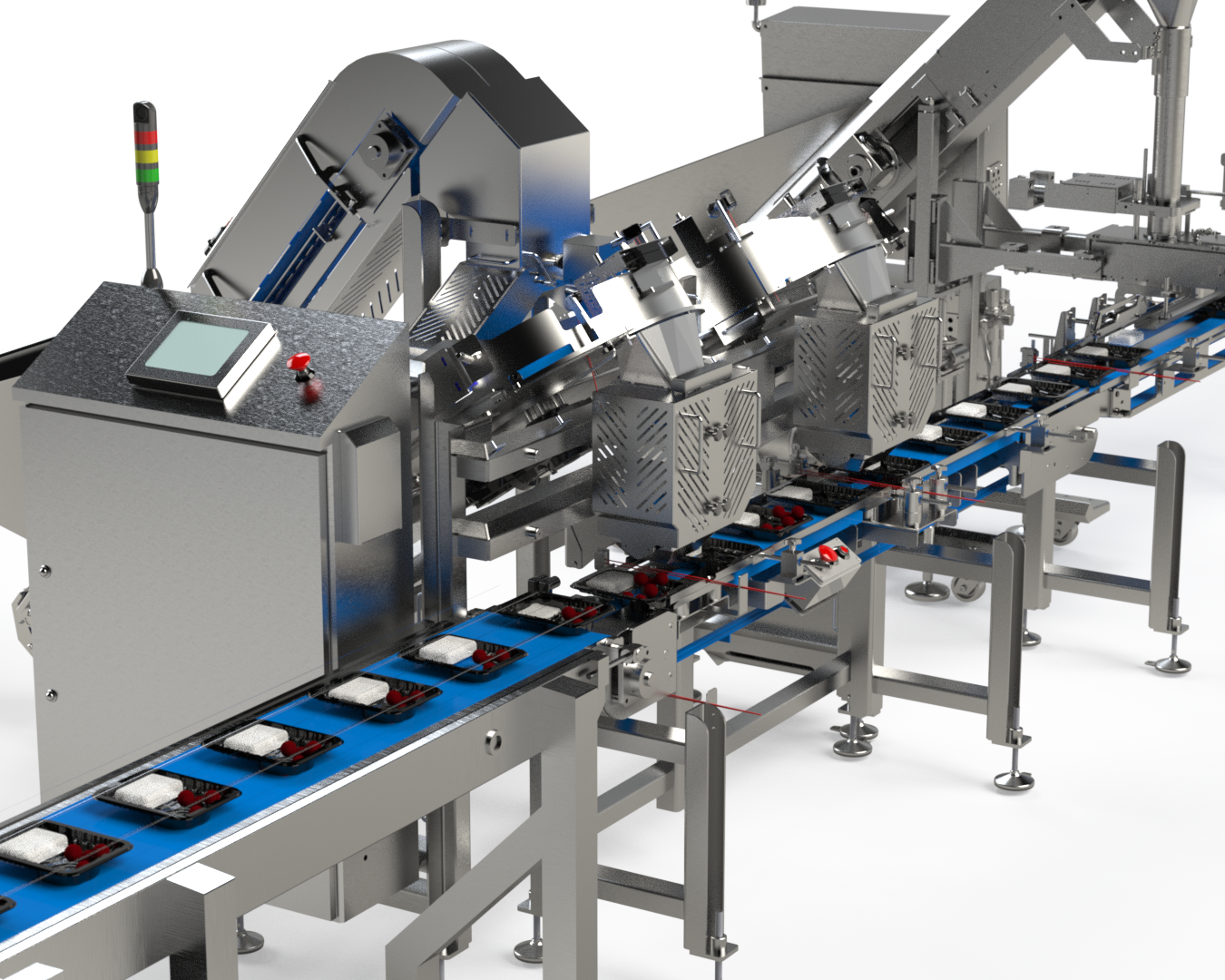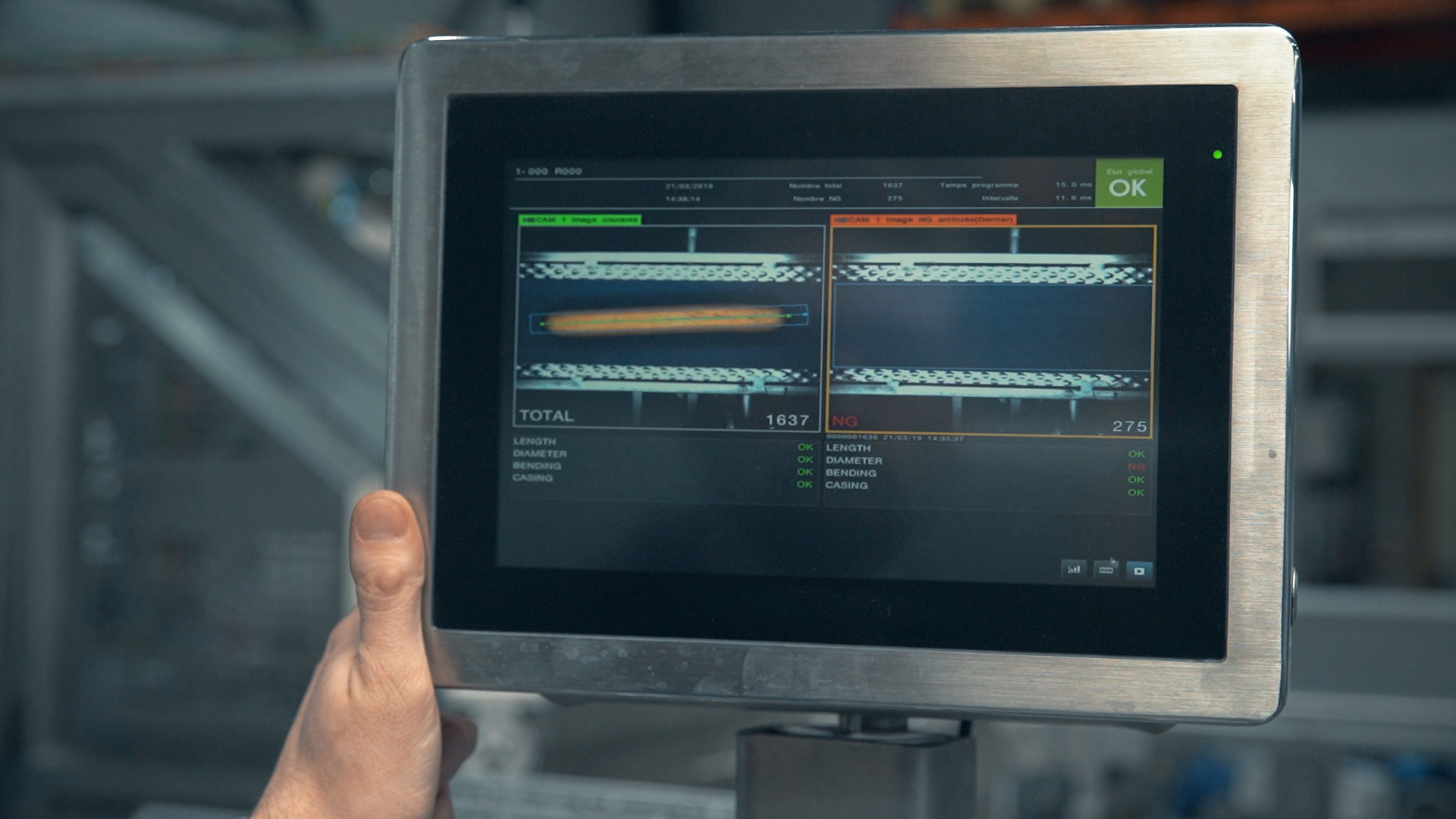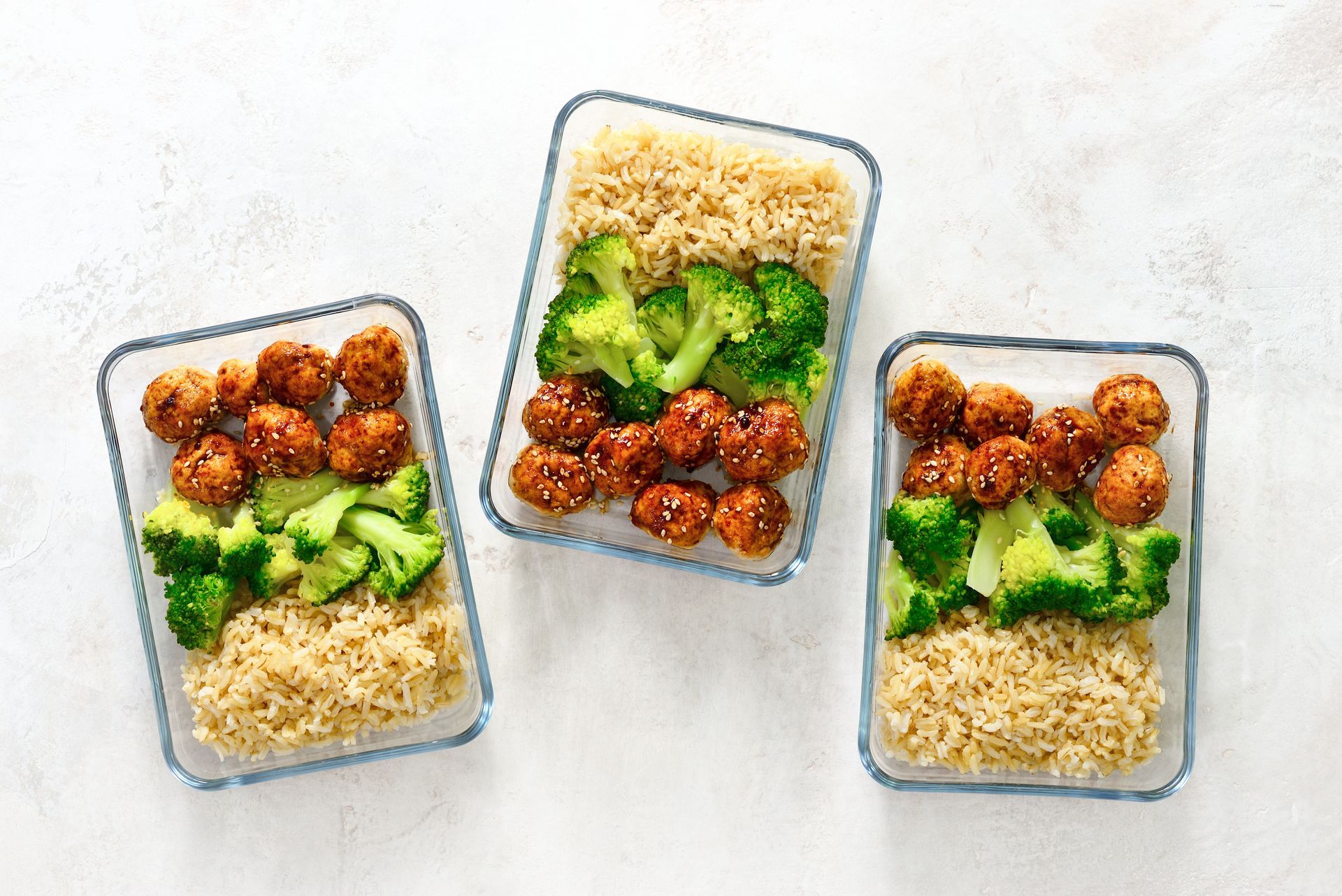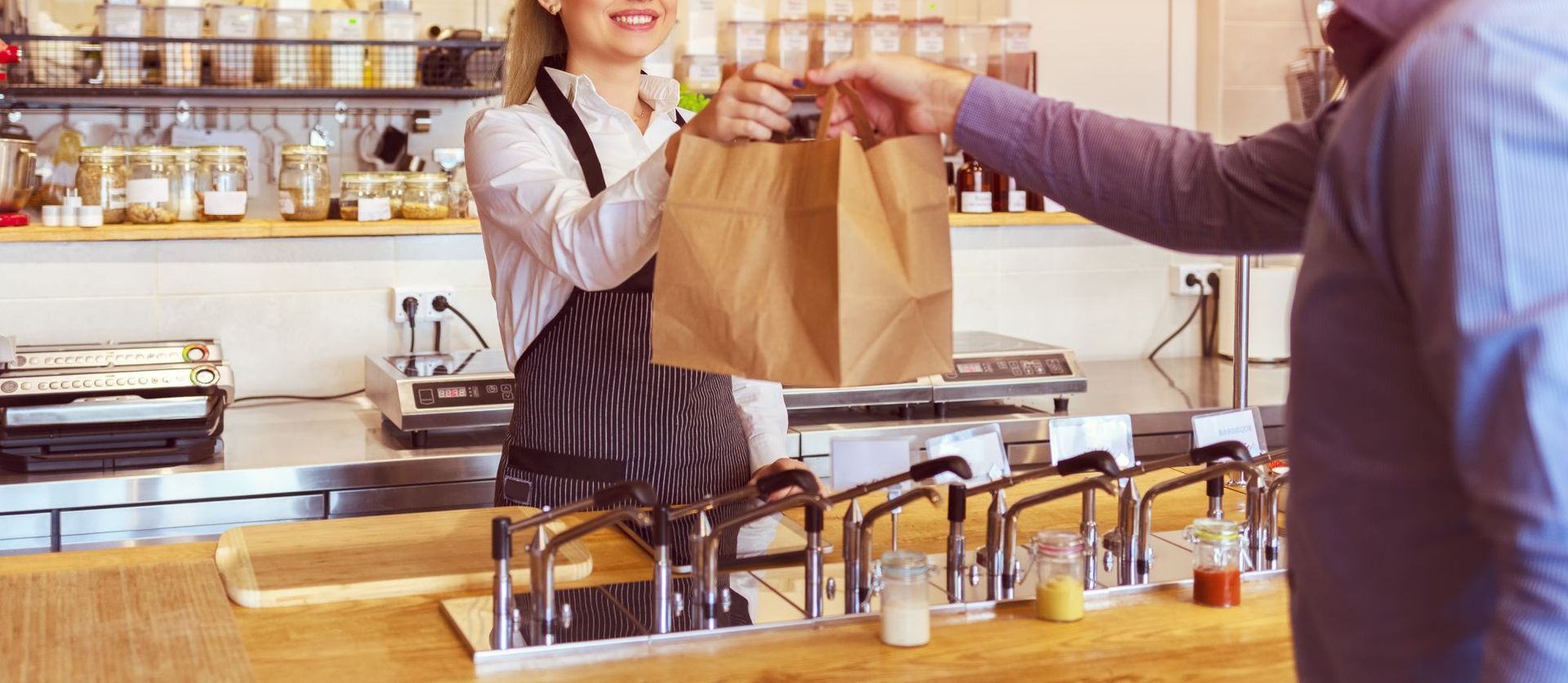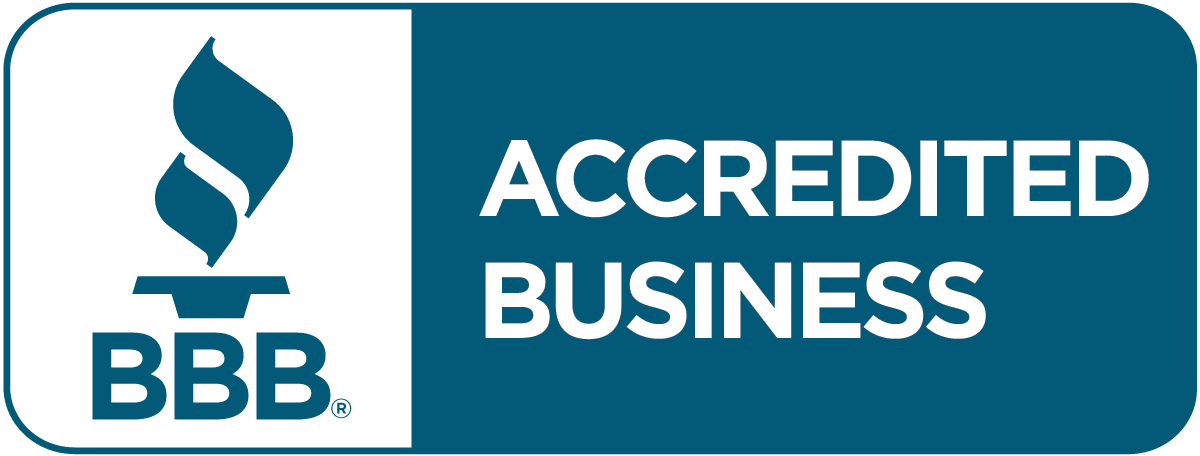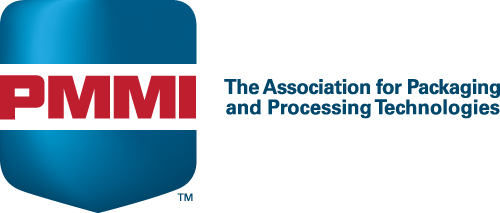Designing a food filling line: Product is king

When planning a food filling line for ready-made meals, there are two main overarching goals: to maximize output and to maintain high standards of hygiene. To meet these objectives, the latest designs of food-grade machines are built to be versatile enough to handle multiple products, easy to clean and thus able to facilitate quick and simple changeovers between products. At Multi-Fill, we have specially designed our machines to satisfy these criteria.
Product-driven versatility
Packing plants fill such a wide range of products that they cannot afford to purchase a specialized filling machine to fulfill each and every need. A high level of versatility is called for if you want to improve the efficiency of a packing operation, with machines that can handle multiple products. Multi-Fill’s volumetric food-filling machines can dispense hard-to-fill foods such as cooked rice and pastas, vegetables, fruit, ready-to-eat salads, sliced and shredded meats, and cereals.
Shorter changeover times
Multi-Fill has addressed the need to reduce changeover time with a partial automatic clean-in-place (CIP) capabilities. These design features help to ensure that the machines are fit for food-grade applications and to minimize product changeover times. Design factors such as minimal moving parts, tilt-out hoppers, hinged consoles, tilt-drip pans, easy head disassembly, and quick belt release, all help to facilitate easy but thorough cleaning.
Cost-effective filling
Along with versatility, speed and hygiene, a key requisite for a filling line is that it can operate cost-effectively. Cost-effective filling means striking a balance between output speed and packaging quality. Our volumetric fillers deposit frozen (IQF), cooked and raw foods at speeds up to 120 containers per minute while maintaining product integrity and appearance.
If you would like expert help designing and commissioning a state-of-the-art ready-made-food filling line, contact Multi-Fill.
Designing a food filling line: Product is king
